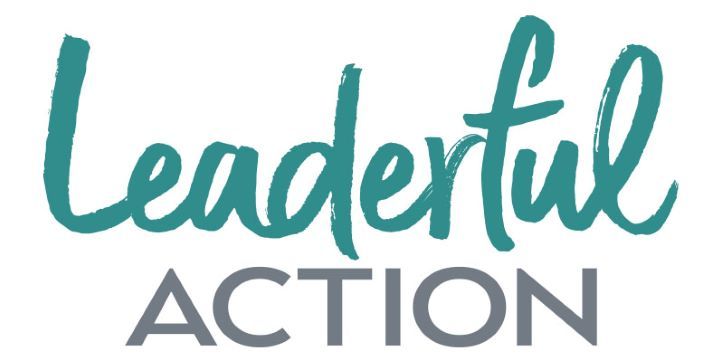The Puzzle, the Novel and the YouTube Rabbit Hole: Why We Put Things Off
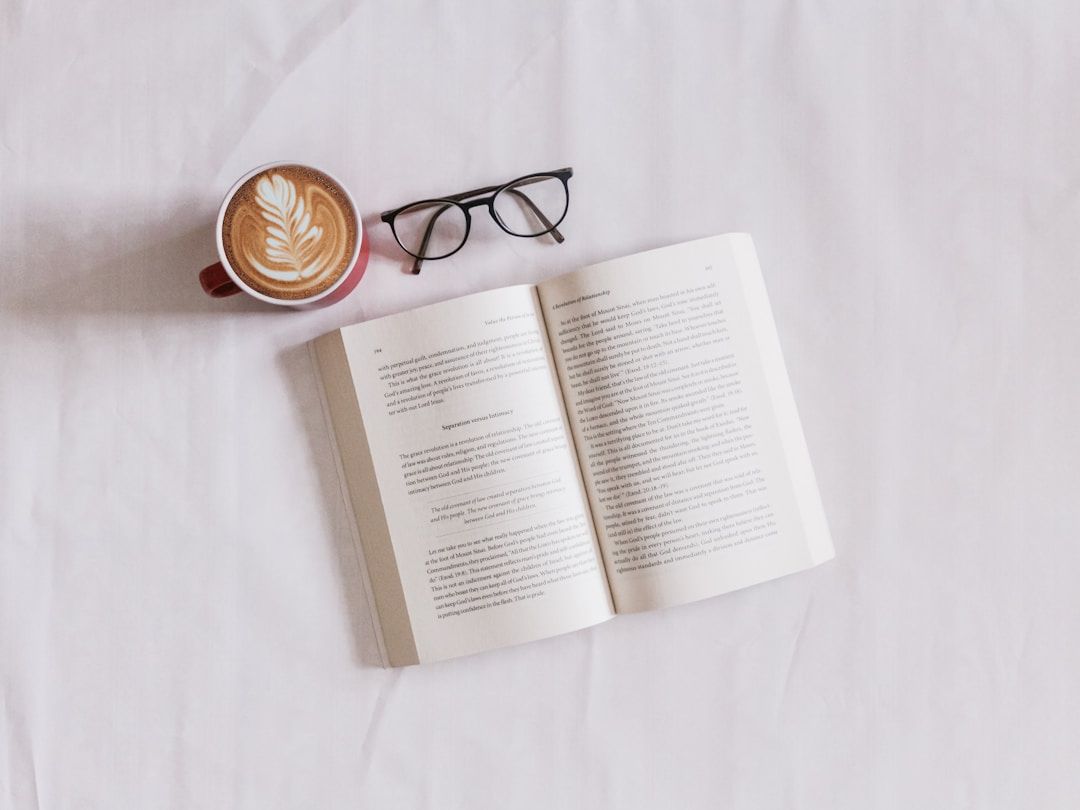
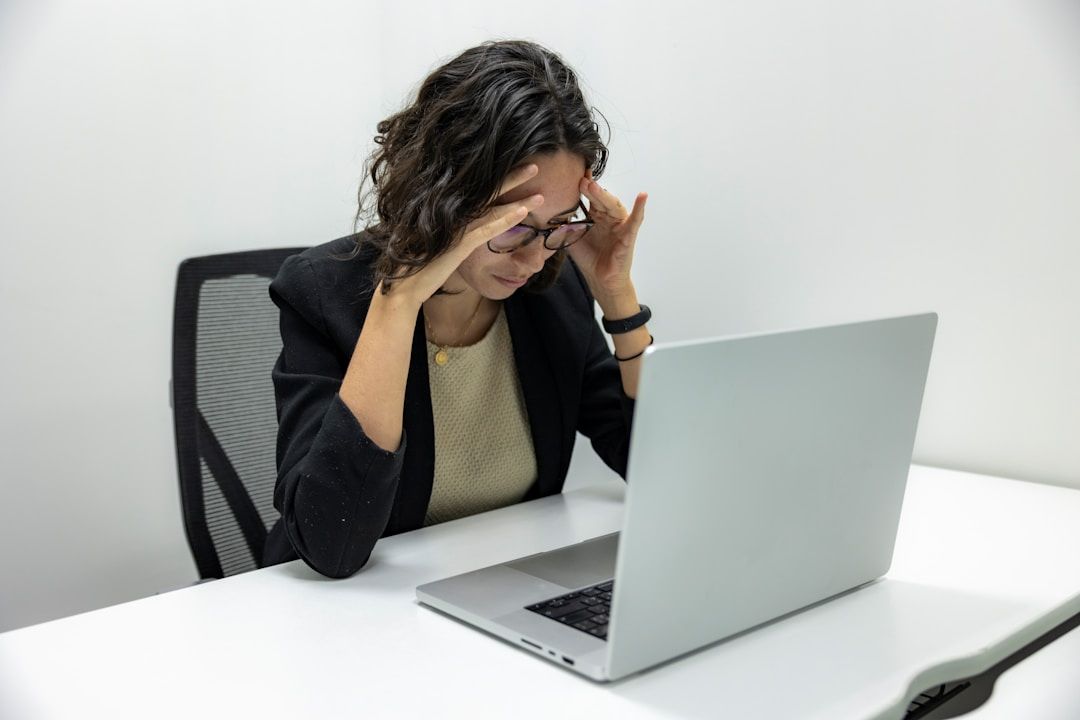
Why Do We Resist the Things We Want to Do?
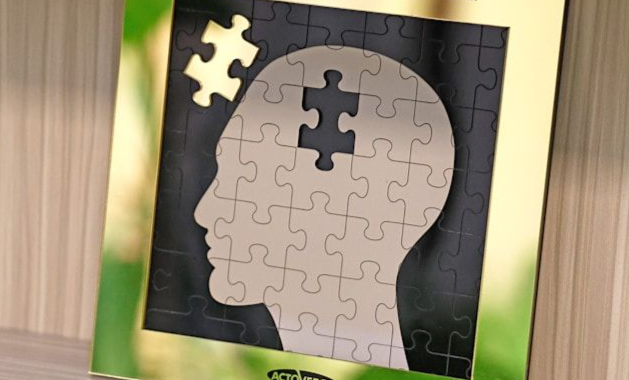
The Pull of Story, Challenge, and Escape
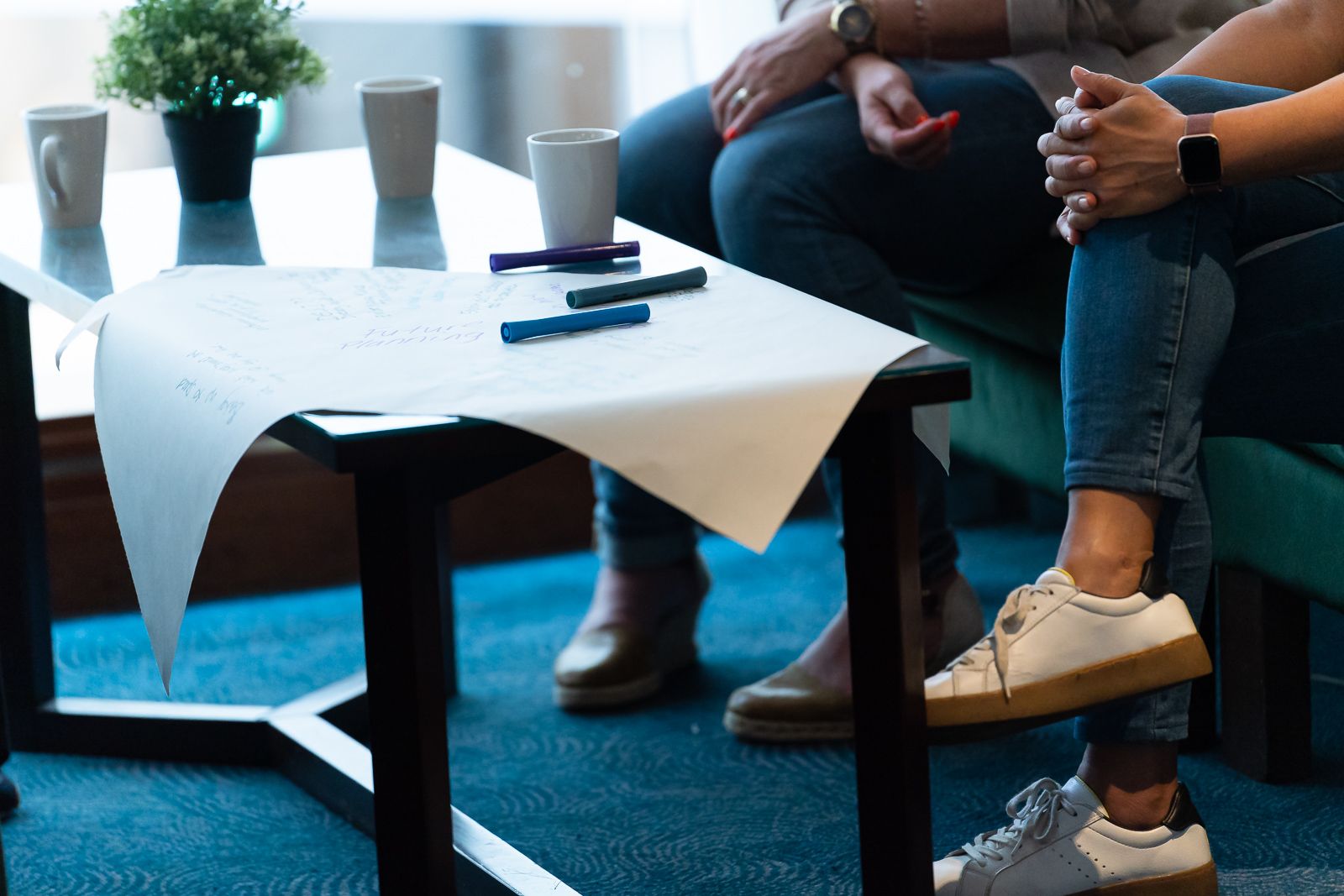
Motivation and Meaning
Motivation researchers like Victor Vroom, Edward Deci and Richard Ryan have offered helpful ways of thinking about this. But at its simplest, motivation boils down to three things:
• Do I believe I can do it? (confidence in my own ability)
• Will it be worth it? (the reward feels clear and valuable)
• Does it matter to me? (it connects with something I care about).
When those three conditions are in place, we find energy. When they’re not, we stall.
This is why it can help to link a task to something we genuinely enjoy. If you love creativity, can you approach a work task with an artistic angle — using visuals, colour, or design to make it more appealing? If you value collaboration, can you turn a solo task into something you do alongside a colleague? The more we connect work with our interests and values, the more it feels like something we want to do rather than something we should do.
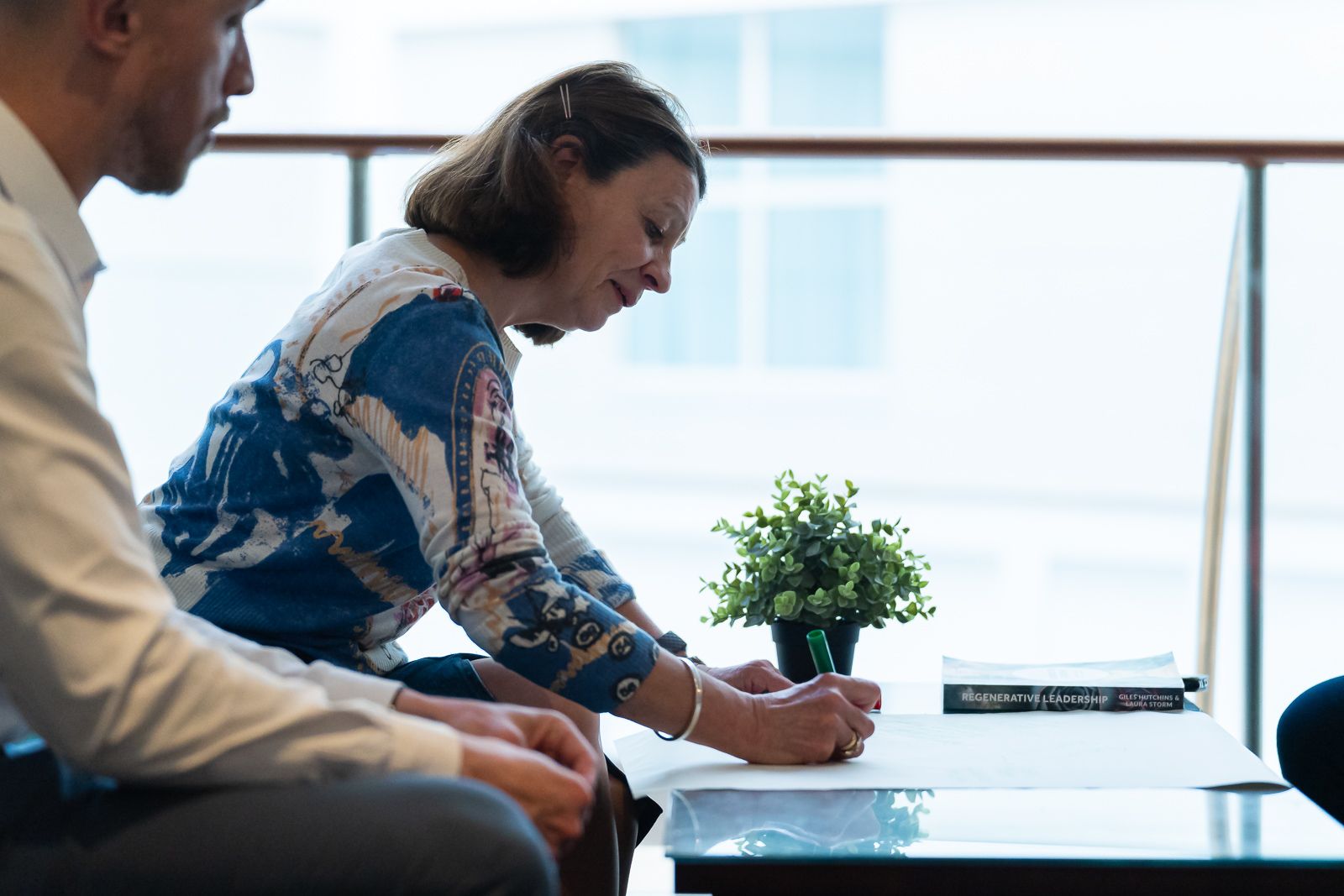
Linking to Effectiveness
Stephen Covey’s 7 Habits of Highly Effective People offers a helpful reminder here. Habit 3 “Put First Things First” is about prioritising what truly matters over what is most urgent or tempting. I often say to my children: “Do the things you need to do before the things you want to do.” It’s simple advice, but surprisingly hard to live by.

Tactics for Shifting Mindset
- Notice the pattern. Pause when you catch yourself avoiding something. What’s behind the delay — fear, overwhelm, boredom, or a lack of clarity?
- Make progress visible. Break work into small, clear steps so you can see milestones, just like puzzle pieces coming together.
- Reframe the task. Remind yourself why it matters, or make it engaging by linking it to your interests. If you enjoy creativity, bring that into the way you complete it.
- Apply “First Things First”. Consciously give time and energy to the tasks that matter most before distractions.
- Balance work with rest. Build in novels, puzzles, and videos, but treat them as recovery, not avoidance. That way, your leisure is guilt-free and restorative.
Who we are
hello@leaderfulaction.com
Featured links
Connect with us
Action Learning
Group Coaching
Coaching Supervision
Executive Coaching
Developmental Coaching
and move forward.
Workshops on Change
Examples of change workshops include:
Understanding Change
Workshops on Coaching
Examples of coaching workshops include:
The Coaching Approach
Coaching skills for Managers
Building on your Coaching Skillset
Developing a Coaching Culture
Workshops on Communication
Examples of communication workshops include:
Communicating Effectively
Communicate with Impact and Influence
Having Courageous Conversations
Presentation Skills
Workshops on Collaboration
Cohesive Teams
Creating Collaborative Team Practices
Building Psychological Safety
Workshops on Effectiveness
Examples of Effectiveness workshops include:
Delegation
Giving and Receiving Feedback
Prioritisation and Time Management
Effective Team Meetings
Workshops on Impact
Outcomes and Results
Project Management
Impactful Learning and Development
Workshops on Leadership
Leadership Styles
Leading in an Agile Environment
Workshops on Management
cultivate a thriving team culture.
Developing Collaborative and Accountable Teams
Leading a Hybrid / Remote Team
Having Courageous Conversations
Workshops on Resilience
Supporting the Wellbeing of Others
Unmasking your Imposter
Workshops on
Self-awareness
Emotional Intelligence
Working with your Values
Workshops on
Strategy
Bringing Strategy into Reality
Aligning Strategy and Culture
Workshops on
Teamworking
Effective and Cohesive Teams
Working in a Hybrid Environment
Dave Tosh
Dave has over 40 years working experience in the public sector, private sector and the armed forces and recently retired as Director of Resources for the Welsh Parliament (Senedd). In 2022, Dave became a recipient of an OBE for Parliamentary and Public Service.
Qualifications:
- ilm Level 7 Certificate in Coaching & Mentoring
- Licensed to practice with Insights Discovery®
Natalie Savery
Qualifications:
- ilm Level 7 Strategic Leadership & Management
- ilm Level 7 Executive Coaching and Mentoring
- CIPD Level 7 Strategic Learning and Development
- ilm Action Learning Facilitation
- EQ-i 2.0 Emotional Intelligence Psychometric Practitioner
- Level 3 Internal Verification of Credit Based Learning
- Level 3 Certificate in Assessing Candidates in the Workplace
- Working towards Level 3 Digital Learning Practitioner qualification
Professional Bodies
- Chartered Member of The Chartered Institute of Personnel & Development (CIPD)
- Fellow of The Learning & Performance Institute (LPI)
- Master Coach with European Mentoring & Coaching Council (EMCC)
- Member of the Institute of Leadership (IoL)
- Member of the Chartered Management Institute (CMI)
Allison Holland
A trusted partner, coach and facilitator, she balances challenge with support, believing that when leaders come together with shared purpose and values, great things can happen. Passionate about developing the next generation of leaders – especially women – Allison brings knowledge, insight and a collaborative approach to every organisation she works with.
Qualifications & Professional Memberships:
- ilm level 7 Executive Coaching and Leadership Mentoring
- MSc in Management and Leadership in Public Service
- PGCE in Adult Education
- Post Graduate Certificate in Leadership and
Management (CMI Level 7)
- Systematic Team Coach
- Qualified practitioner of Insights Discovery
- Trained to use ACT for Psychological Flexibility
- Accredited to administer and coach using EQi-2.0
(Emotional Intelligence) and MTQ48 (resilience)
- Tutor, assessor and supervisor for ilm qualifications in
coaching and leadership and management - level 5
and 7
- Member of the European Mentoring and Coaching
Council
Dawn Smart
She is also a qualified executive coach, adept at turning her hand to developing individuals as well as groups. Dawn has been a key part of our team since 2017, working with Leaderful Action on large scales, long term projects. Dawn is so committed to delivering for our clients and so involved in what we do, that we often forget that she isn’t a full-time member of our team.
Qualifications & Professional Memberships:
- ILM Level 7 Executive Coaching and Mentoring
- Working with and Coaching Neurodivergent clients
- Postgraduate Diploma in HRM
Helen Whitney
Qualifications & Professional Memberships:
- Senior Practitioner Accreditation with the European Mentoring and Coaching Council (EMCC - EIA)
- ilm Level 7 Diploma in Leadership Mentoring & Executive Coaching
- Post Graduate Certificate in Sustainability and Social Behaviour Change
- MSc Occupational Psychology
- Qualified (BPS Level A and B) to use wide range of psychometric instruments including WAVE and the EQi 2.0 (measure of emotional intelligence)
- Qualified facilitator of the Strength Deployment Inventory (SDI) conflict management/prevention tool
Bethan Emanuel
Her adaptability applies to languages as well – she is bi-lingual in Welsh and English and can facilitate or coach in either. She may be flexible but she’s not afraid to call a spade a spade and her honesty is appreciated by us and her learners alike. Bethan is committed to a long and prosperous career in learning and development and has an enviable CPD record to prove it. We look forward to sharing the journey with her for many more years to come.
Qualifications & Professional Memberships:
- ILM Level 7 Diploma in Executive Coaching and Mentoring (USW)
- MA Strategic Human Resources Management (Liverpool John Moores)
- Chartered Fellow of CIPD
- Member of the Association for Coaching (AC)
Manjula Bray
Qualifications & Professional Memberships:
- Certified On Line Facilitator
- ILM Level 7 certificate in executive coaching and leadership mentoring
- MSc in Entrepreneurship
- Postgraduate diploma in Human Resource Management
- BSc Applied Psychology (2i)
- BPS Level B+ certified in a range of occupational assessments, including MBTI, 16PF(5), NEO PI-R, OPQ32, WAVE, MTQ48, EIP, aptitude tests, and 'Implicitly' (unconscious bias).
- Member of Special Group for Coaching Psychology
- Fellow of CIPD
Sian Roberts
Outside of her working life, Sian is passionate about food. She can be found cooking up a storm trying new recipes in her kitchen or out in nature foraging for ingredients. She also enjoys lifting weights and spending time with feline friends.
Qualifications:
- ILM Level 5 in Leadership and Management
- ILM Level 3 in Life Coaching
- Action Learning Facilitator
- BSc (Hons) Psychology
- MA in Consultative Supervision and Cognitive Behavioural Therapy
- NVQ Level 3 in Health and Social Care Work Based Assessor
Nina Goldsworthy-Griffiths
Qualifications:
- BA(Hons) in Training and Educations
- Certificate in Education(PGCE)
- Insights Discovery Practitioner
- Coaching level 5
- Business and Finance HND/HNC
- Customer Service NVQ level three
- Brain Friendly Learning course
- Basic Skills 9282
- Assessor and Verifier awards
Marcus David
Qualifications & Professional Memberships:
- Post Graduate Diploma in Human Resource Management
- Postgraduate Certificate in Education (PGCE (PCET)
- HND Business and Finance
- NLP Business Practitioner
- A1 & V1 Assessor Awards
- Chartered member of the CIPD (MCIPD)
- CIPD Tutor and Internal Verifier for Weston College & SGS College
Leema Sabir
Ian Diment
Qualifications & Professional Memberships:
- Post Graduate Diploma in HR Management
- BA (Hons) Degree in Town Planning
- ILM Level 7 Diploma in Executive Coaching and Mentoring (qualification pending)
- Chartered member of the Chartered Institute of Personnel and Development (CIPD)
Andrea Street
Qualifications & Professional Memberships:
- ILM Level 7 Certificate in Executive Coaching and Mentoring
- Qualified Coach - Executive Coaching and Mentoring provided for NHS, Local Government and Welsh Government as part of my one public service role
- Member of Association for Coaching, Academi Wales Coaching Network and All Wales Coaching Alliance. (Coach Profile and Testimonials available)
We're working hard behind the scenes to develop this section where you will be able to access our online learning resources. In the meantime you can contact us by using the the 'Get in touch' button on the homepage or by emailing hello@leaderfulaction.com
Introduction to Insights
Team Effectiveness with Insights
This workshop can cover:
Improving Team Effectiveness with Insights
We assess individual and team preferences for communication and keeping in touch. We also look outwards from the team – who are our stakeholders and customers, how do and should we communicate with them to improve relationships.
Team Resilience with Insights
We discuss indicators and signs that could indicate resilience issues and agree individual and collective actions to develop resilience
Marie Talmage
Qualifications:
- HNC Business Studies – University of South Wales (Modules: Contract Law, Marketing, Digital Marketing, Management Accounts, HR, Economics).
- ILM Level 3 Leadership & Management.
- National Qualification in Photography – Level 5.
- ECDL Level 2.
- RSA Communications in Business.
- Extensive CPD including: Data Protection, CBT Skills, Stress Management, Safeguarding Adults & Children, Train the Trainer, Social Media in the Workplace, and Wellbeing at Work.
Ceri Smith
Qualifications:
- MSc Human Resource Management
- CIPD Level 7 People Management and Development
- CIPD Level 7 Employment Law
- D32/D33 City & Guilds Assessor Award
- City & Guilds Adult Education Teachers Certificate
Professional Bodies
- Chartered Member of The Chartered Institute of Personnel & Development (CIPD)
Cassie Austin
Qualifications:
- Level 4 Preparing for Leadership and Management in Health and Social Care
- Designated Safeguarding Officer (Level 3)
- STA Level 3 Emergency First Aid at Work
- BA(Hons) Animation
Daljit Morris
Qualifications:
- ILM Level 7 – Diploma in Management
- ILM Level 3 – First Line Management
- BA Applied Social Studies
Ian Bancroft
Qualifications & Professional Memberships:
